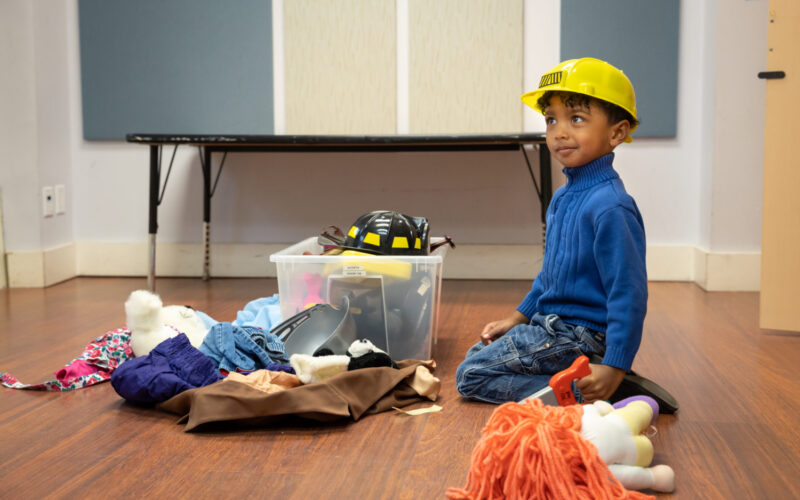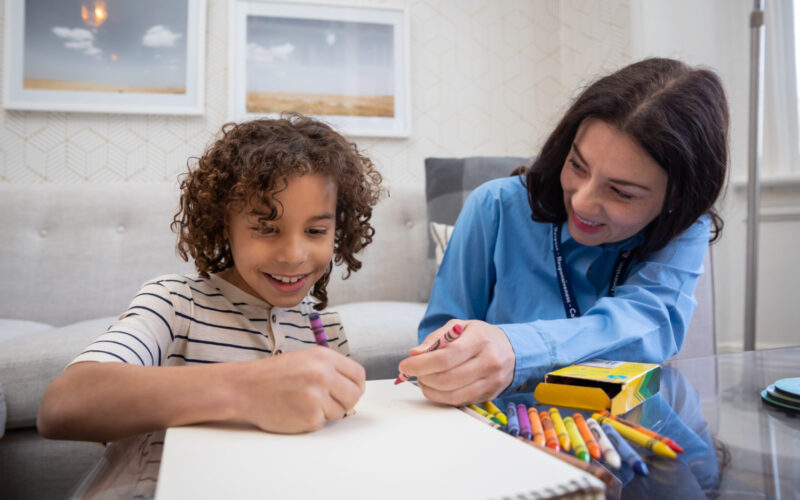How To Use a Visual Schedule to Support Routines
OCTOBER 13, 2020
WHAT IS A VISUAL SCHEDULE?
Visual Schedules are supports that provide your child with information around what will happen during various times throughout the day. They can include a variety of formats, such as cartoons, pictures, and written lists. Visual schedules can outline the activities happening throughout an entire day, during specific routines (e.g., morning or bedtime), or to display steps required to complete a task (e.g., washing hands or getting dressed).
WHY ARE VISUAL SCHEDULES IMPORTANT?
Visual schedules allow your child to see what is coming up next and understand the sequence of activities. By using a visual schedule, your child’s routine will become more predictable and expectations will be made clear. There are many benefits to using visual schedules, including:
- Teaching new skills such as brushing teeth or doing laundry
- Increasing your child’s independence in daily routines
- Increasing behaviours you want to see by providing clear rules, expectations or steps for completion
- Providing structure to your child’s day and decreasing downtime
- Reducing anxiety, uncertainty and repetitive question asking
- Promoting flexibility and understanding of changes in daily routines
- Promoting time management
- Choose a routine (e.g., morning) or task (e.g. toothbrushing).
- Choose the steps within the task.
- Decide on how you want to present it (e.g., a binder, a written list, a page with pictures).
- Choose the symbols (photos, cartoons, symbols, words) you want to use for each step.
- Personalize to your child’s level and motivation (e.g., include pictures of them or favourite characters).
- Choose how to indicate the task is done (e.g., put pictures in ‘all done’ slot, cross off list).
Tip: include your child in the creation to promote ownership.
- Have your child choose a preferred item, treat, or activity as reinforcement for completing the schedule.
- Place the visual schedule in the associated area or make it portable by using a visual supports app or folder.
- Deliver your instruction (e.g., “brush your teeth”, “follow your schedule”).
- Provide physical guidance as needed so your child is successful (e.g., pointing to the picture or item, hand-over-hand guidance).
- Have your child remove or cross off items as they complete them.
- Provide specific praise to your child for task and routine completion (e.g., “Great job getting dressed!”, “Way to finish your morning routine!”).
- Give your child the selected reinforcing item.
- Adjust the routine based on your child’s success or difficulty.
- Reduce your level of support to promote independence over time.
- No printer? No problem! Cut out pictures from flyers or magazines, use product packaging, or use a whiteboard or paper and pen drawings
- Child is resistant? Begin by introducing activities or tasks that your child usually completes willingly and successfully
- Lack of independence? Reinforce practice attempts or improvement, and remember to reduce your physical support over time
- What if my child is older, or is resistant to pictures? Use word schedules or use visual schedule apps, such as Visual Schedule Planner or Choiceworks. Show your child that you also use visual schedules in the form of to-do lists and smartphone calendars
- Make visual schedules durable by laminating the printed visual supports and back up any app, photos and pictures
- Place visual schedules at eye level and in different places throughout your home
- Promote generalization by introducing visual supports gradually and build up a collection of various symbols and tasks


